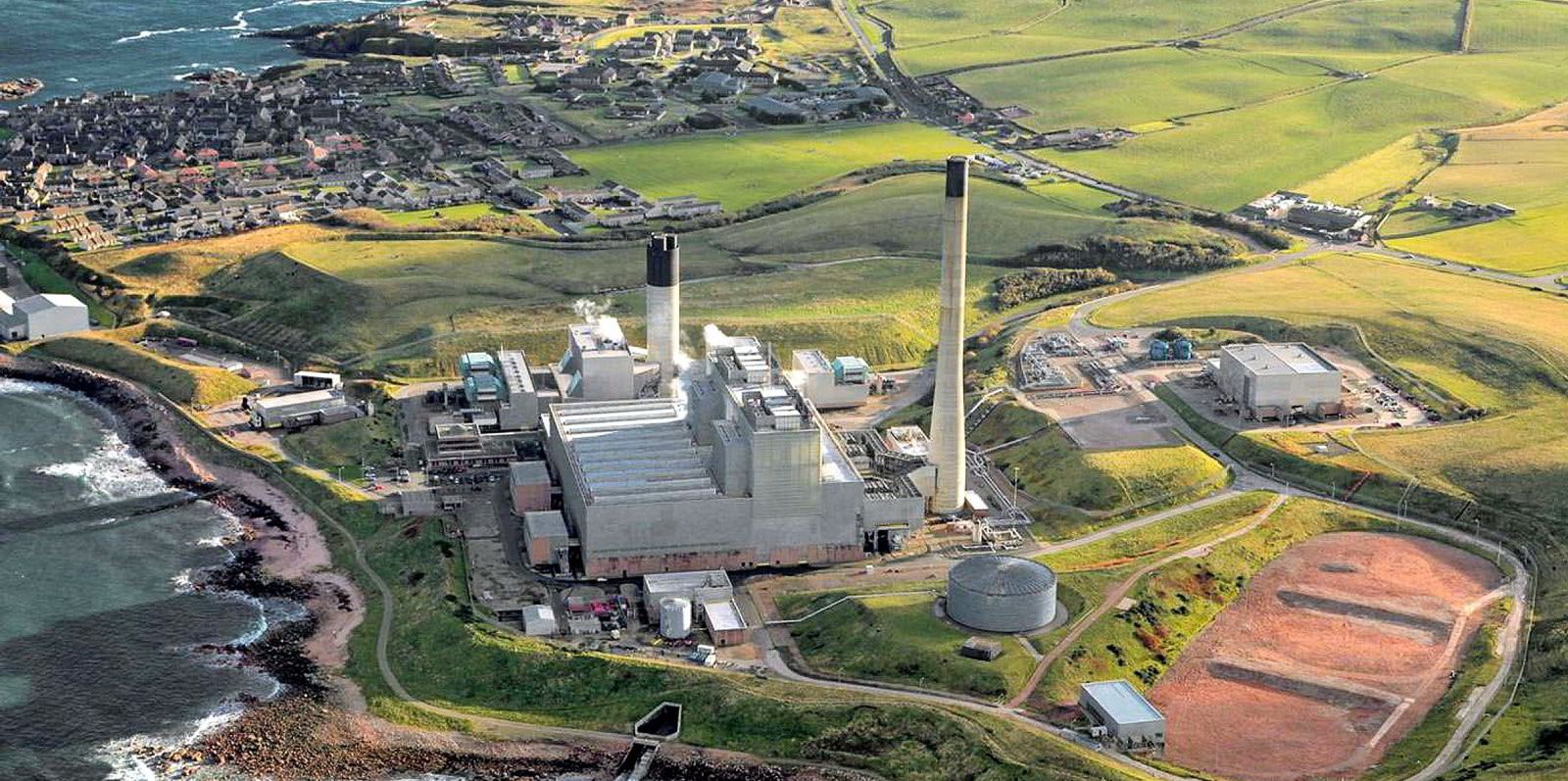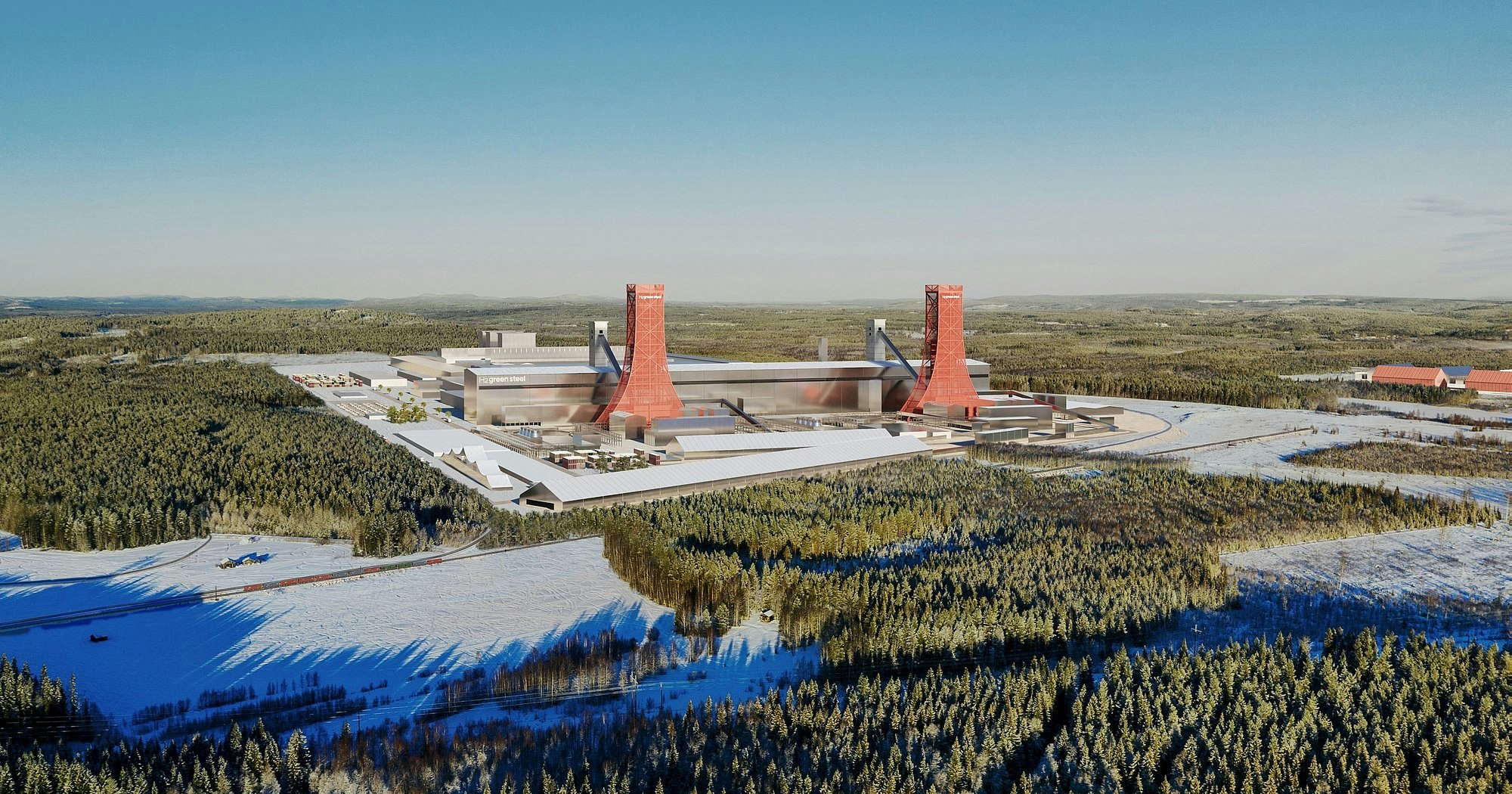Mitigating the devastating effects of climate change requires we stop emitting so much carbon dioxide — and taking more out of the atmosphere.
One method that’s gaining attention is carbon capture and storage (CCS), a process where carbon is removed at the precise source of emissions, such as power plants or industrial processes. Add another letter and you’ve got CCUS, or carbon capture, utilisation and storage, a concept that says we should also be reusing that captured carbon in industrial processes.
Both the International Energy Agency (IEA) and Intergovernmental Panel on Climate Change (IPCC) have mentioned the use of CCS to limit global warming, and last year, global funding into CCS reached a record high of $6.4bn — more than double the figure in 2021.
Yet, CCS (and CCUS) is not without its criticism. Here’s why.
Scaling CCS will take a long time
A reverse version of CCS has been used for decades in the oil industry to pump more liquid gold out of the Earth. However using CCS to mitigate emissions is a relatively new concept. According to IEA’s CCUS projects database, there are 569 CCUS projects currently in development at various stages around the world, 216 of those in Europe. Just 47 are operational now. They have a combined capacity of just over 90m tonnes a year.
364 projects are due to be running by 2030 with a combined capacity of 725m tonnes. That’s still around a third below the Net Zero Emissions by 2050 (NZE) Scenario, the scenario laid out by IEA to reach net zero.
And there are questions as to whether they’ll work out. CCS is still not a proven technology. Last year, researchers for the Institute for Energy Economics and Financial Analysis (IEEFA) found that underperforming carbon capture projects considerably outnumbered successful ones by large margins. Of the 13 projects in the study, seven underperformed and two failed — because of unfavourable regulatory environments and shaky technology.
“There is no clear operational large-scale CCS,” says Mark Maslin, professor of earth system science at University College London and author of books such as How To Save Our Planet. “Why create a problem which you then need to sort out when you have cheaper alternatives?”
In the UK — where this March the government pledged $20bn to scaling up CCS projects across the country — Maslin points towards offshore wind instead.
“We are second only to China in the amounts that we produce and it has been a very successful collaboration between the government setting prices, the private sector investing in heavy infrastructure and producing vast quantities of electricity,” he says. “But we need more of that.”
Why create a problem which you then need to sort out when you have cheaper alternatives?
Carroll Muffett, president and CEO of the Centre for International Environmental Law (CIEL), who started working on issues relating to carbon capture and storage in the mid-2000s, agrees.
“We have sure, faster, better, safer, more effective solutions that we know will work that we know are available right now,” he says. “Aren’t there better uses of that money? To start with the most obvious: simply electrifying the grid.”
CCS is expensive
Domien Vangenechten, senior policy advisor at climate think tank E3G, thinks a big part of why we haven’t seen much CCS in the past is because carbon prices haven’t been high enough for investors to say capturing and storing makes more economical sense.

Maslin says that the UK’s plan for CCS will suffer because of this reason.
“At the moment the [UK] government says we want you to capture all the carbon dioxide that you’re producing etc., but there isn’t any cost incentive at the moment to actually do it,” says Maslin. “So yes they’re giving £1bn to actually fund it but you need a market mechanism and there is no market mechanism.
“Wind has been very successful at the moment, the reason is because the government agreed on a fixed price for offshore wind.”
On the flip side, Esin Serin, a policy analyst at the London School of Economics' Grantham Research Institute on Climate Change and the Environment, says the success of renewables could be replicated with CCUS.
“We expect as the industry matures, the need for government support will be less and less, and this isn’t a unique situation for CCUS,” she says. “The most typical example is renewables, technologies like wind power, solar PV, were also much more expensive than fossil fuels at the start, but then governments all around the world brought in these carefully designed policy and innovation packages.”
She adds that there’s also an advantage to getting to emerging technology first: “The countries that develop and commercialise new and innovative technologies first will be able to establish competitive advantage and capture export opportunities from growing international markets.”
CCS might be used to justify continuing to use oil and gas
Maslin points out that we’ll still likely be using fossil fuels in 2050, and that CCS might be used as a justification for continuing their use.
“The science says we have to reduce oil and gas and coal to as low as possible as quickly as possible but we’re realistic and know that there will still be requirements for the least developed countries and other countries to still use fossil fuels by 2050,” he says. “Because it’s actually just mentioned that there might be some in 2050, everybody’s rushing to be the ones that are providing the some.”
Vangenechten says the rhetoric around CCS can change according to motivations.
“Specific countries which have wealth built on an oil and gas extraction and export economy, how they talk about CCS, they present it as a way to tackle climate change,” he says.
Often backers of CCS projects include oil and gas companies such as Shell and BP.
“There is a very big difference between talking about CCS, which is the technology on one hand, and on the other hand, the potential actors that use and talk about CCS in very different ways, which can range from actually reducing their emissions to using it as a way to avoid doing any action at all.”
Specific countries which have wealth built on an oil and gas extraction and export economy, how they talk about CCS, they present it as a way to tackle climate change
Steve Smith, a climate scientist at the University of Oxford, says he’s seen the argument that carbon removal is being used as a delay tactic, meaning we won’t cut emissions as quickly as we ought to, but points to limited evidence.
“I think the actual evidence for whether that is happening in reality is ambiguous at best…but I guess it’s a risk we should be live to.”
What about cement and steel?
One of the popular arguments for CCS is its use in hard-to-abate industries such as cement and steel.

Grantham Research Institute’s Serin says scientists are working on low carbon production processes which use electricity or hydrogen to make steel and iron; it’s still very expensive, so “CCS can be this important immediate pathway to reduce emissions cost-effectively in steel and iron making”. For cement production, she says CCS is “virtually the only technologically scalable option we have right now to reduce emissions”.
Muffett, however, says a big focus on cement is out of proportion because the cement industry is responsible for around 4% of emissions in the EU.
“It’s not trivial but it’s also not huge,” he says. “Yes, cement process emissions are a challenge but to focus on ‘we need a system to address every emission, even the hardest emissions and we need to do it all at the same time,’ instead of looking at where we can go first and fastest and most safely and most effectively, is fundamentally deceptive.”
A small part to play?
Despite technologies being in their infancy, Caitlin Wale, a VC at Counteract, the first fund solely committed to CO2 removal technologies, says she’s “a hopeful optimist”.
“A metaphor that I liked, which I saw once, is if you’re in a boat, and it’s sinking you first want to plug the holes and then you want to scoop up the water that’s in the boat,” she says.
“Avoidance is the “plug in the hole” so it’s stopping new emissions being emitted,” she says. “But at the same time, there’s a whole lot of excess carbon that’s already in the atmosphere.”
CCS has its role to play but it’s quite often overblown
It could be that CCS has a very small part to play.
“It has its role to play but it’s quite often overblown a little bit and a lot of the less sexy mitigation options are quite often overlooked in popular rhetorics,” says Vangenechten.
“We need the government to actually have lots and lots of policies that are all driving [carbon] down and then, yes, if there’s still emissions and it’s still oil and gas because it’s a process, then we should be using carbon capture and storage in a limited way to actually mitigate those issues with a market mechanism that means that companies have to do it,” says Maslin.


